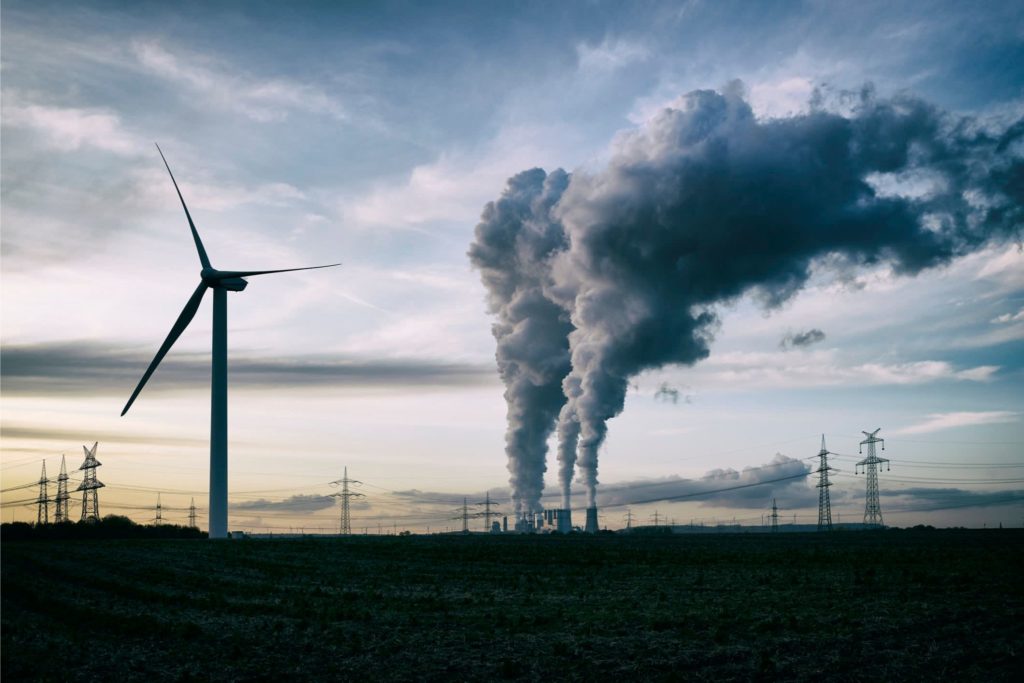New Zealand has unveiled its largest ever emissions reduction project , aiming to transition from coal to renewable electricity at its major steel plant. This significant move by the government is projected to have the same environmental impact as removing 300,000 cars from the roads.
To facilitate this transition, the government has allocated $140m towards the project, which involves cutting the current coal consumption at the Glenbrook steel plant in half. The reduction will be achieved by introducing an electric-powered furnace for recycling scrap steel. The steel plant itself will contribute $160m towards the total project cost.
At present, the steel company is responsible for 2% of New Zealand’s overall emissions due to the extensive use of coal in the steel production process. The new initiative will implement a $300m electric-powered arc furnace, enabling the melting of scrap steel instead. New Zealand’s national grid, which mainly depends on renewable energy sources like wind, hydro, and geothermal power, will supply the required electricity for the process.
Prime minister Chris Hipkins said the project “dwarfs anything we have done to date”.
“This size of this emissions reduction project demonstrates how serious the government is about reducing New Zealand’s emissions as fast as possible,” he said. “Alone, it will eliminate 1% of the country’s total annual emissions.”
Reducing Emissions by 800,000 Tonnes Annually
The government says the plan will reduce New Zealand’s emissions by 800,000 tonnes annually. That is equivalent to removing the entire automobile fleet of Christchurch, one of New Zealand’s largest cities, from the road.

“To understand the scale of this project, it reduces more emissions on its own than all the other 66 [government-funded emissions-reduction] projects we have approved to date,” Megan Woods, minister of energy and resources said. The electric-powered furnace is due to be running by 2026-7.
Climate change expert prof James Renwick, of Victoria University, told the Guardian the project was “very significant” and “big news” for the country’s emissions goals. “It will be the biggest single reduction in national emissions when it comes into play,” he said. Still, Renwick added, there was “more work to do”.
“1% is of national emissions is great, but we need to reduce 100%,” he said. “We need to do a lot more work.”
The plan “will put New Zealand in a much better position to meet its climate target of net zero carbon by 2050,” climate minister James Shaw said.
The plan marks a significant step in New Zealand actually reducing its greenhouse gas emissions – as opposed to buying offsets of tree-planting to reach net zero.
Climate Commission Warning
In April, the Climate Commission warned that the country’s heavy reliance on planting trees to offset carbon pollution threatened to torpedo its ambitious plans to reach net zero emissions by 2050.
Experts have warned that achieving a net reduction in emissions primarily through planting trees is impossible to sustain in the long term. They argue that forests could face destruction through fire or extreme weather and do not retain carbon indefinitely. While New Zealand’s total contribution to global emissions is small, its gross emissions per capita are high. According to 2018 data, New Zealanders produce greenhouse gases equivalent to the heating power of 16.9 tonnes of carbon dioxide — more than double the per capita rate of the UK. The country has also been among the world’s worst performers on emission increases.













